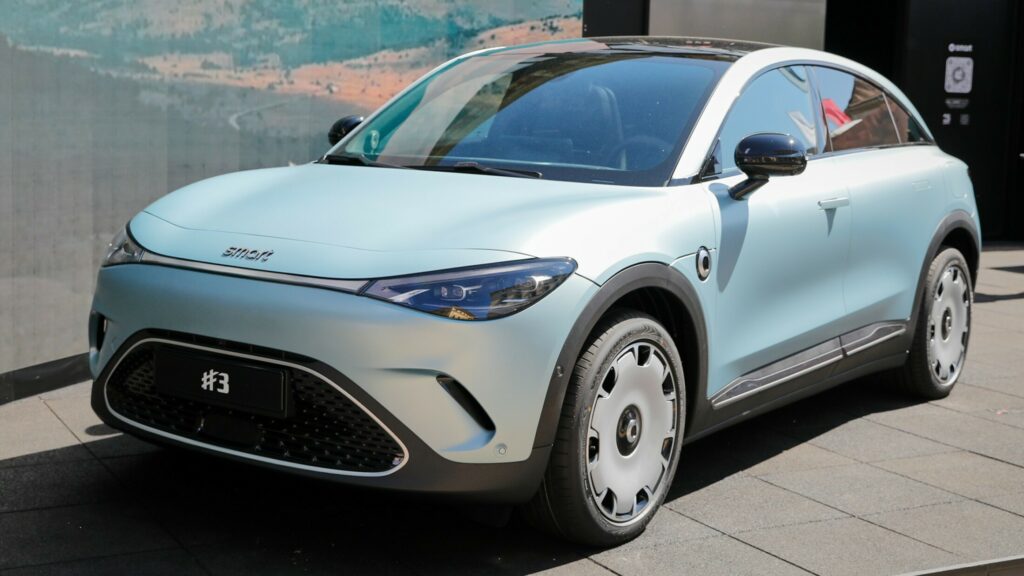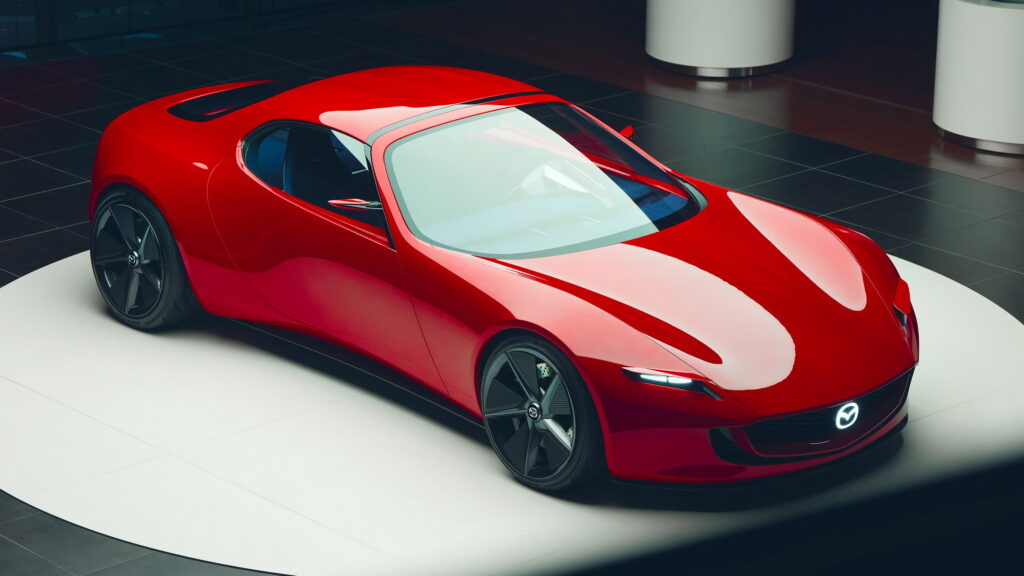VW Sells You Less Horsepower Then Charges A Fee To Give It Back
- VW ID.3 Pure delivers 148 hp unless owners unlock full power with subscription.
- The EV is marketed as 168 hp despite limiting actual output without extra fee.
- It argues the subscription mirrors traditional trim strategies with varied engine tuning.
If you thought subscription fatigue was already creeping into your streaming accounts, Volkswagen is happy to add some more to your car. Over in the UK, entry-level ID.3 Pure models, listed as having 168 hp (170 kW) on VW’s configurator, actually have just 148 hp (110 kW) unless buyers pay an extra fee. Yes, Volkswagen is charging customers more to give the power their cars already have.
More: Rivian Software Boss Says Google Cast In, Buttons Out, Open To Range And Power Boost Subscriptions
As far as subscriptions go, this one is somewhat baffling. 20 horsepower and 33 lb-ft isn’t all that much to write home about. It’s such a small boost in power that Volkswagen says it won’t affect the overall range of the ID.3 at all.
The Cost of Extra Power
British drivers can cough up £16.50 (equal to $22.50 at current exchange rates) per month for the upgrade, almost three times the price of a basic Netflix subscription, or £165 ($225) per year. If you want to skip the monthly hassle, VW also offers a one-time “lifetime” payment of £649 ($878). It’s unclear whether that’s tied to the car or your user account, but either way, it’s a lot of cash for a modest performance bump.
According to AutoExpress, the added power won’t affect insurance rates. That’s great and all, but it’s because the ID.3 is rated at 168 hp from the factory, even if you’re driving around without the upgrade and, thus, with 20 fewer ponies. Only time will tell whether or not owners figure out how to hack this system – and if they do, whether this voids Volkswagen’s warranty or not.

Volkswagen’s Defense
On its part, Volkswagen compared this approach to traditional engine lineups, where the same displacement could be offered in multiple states of tune at different price points. In a statement to the magazine, the company said:
“Offering more power to customers is nothing new… These traditionally are higher up in the product range, with more specification and a higher list price. If customers wish to have an even sportier driving experience, they now have an option to do so, within the life of the vehicle, rather than committing from the outset with a higher initial purchase price. The car is presented on the configurator with [201bhp], with the option made very clear to customers.”
Subscriptions, Subscriptions Everywhere
Obviously, the VW ID.3 is far from the only one playing the subscription game. This isn’t even the only subscription available from the German brand. It’ll also sell customers ambient lighting, navigation, voice control, and even heated seats via subscription
And it’s hardly alone. BMW, Mercedes, and Tesla all offer similar unlocks, though when it comes to performance, most rivals deliver more value per dollar.
Ford offers 100 lb-ft (135 Nm) of torque for $995, Polestar 68 more horsepower for $1,195, and Mercedes 60-110 hp for $1,200. Even gas-burning tunes from the factory offer more power per dollar than Volkswagen for doing little more than changing some code. Call me cynical, but that’s not shocking from what seems like the world’s least passionate automaker.























